Mouth taping might sound a little out there at first, but it’s actually a simple, low-effort practice that’s gaining traction in the sleep and wellness space. The idea is straightforward: you place a small strip of skin-safe tape over your lips at night to encourage nasal breathing while you sleep. That’s it. No gadgets. No prescriptions. Just tape.
So why are people doing this? For some, it’s about reducing snoring. For others, it’s part of a broader approach to optimizing sleep quality, recovery, and even oral health. And while it’s not a magic fix for everyone, more and more people—doctors, athletes, and biohackers included—are exploring how something as basic as how you breathe during sleep can impact your energy, focus, and overall well-being.
What Is Mouth Taping?
Mouth taping is exactly what it sounds like: placing a piece of gentle, breathable tape over your lips before bed to keep your mouth closed while you sleep. The goal isn’t to suffocate (don’t worry—it’s not that kind of tape); it’s to train your body to breathe through your nose instead of your mouth during the night.
This might seem like a new wellness trend, but the idea behind it has been around for decades. It’s rooted in basic physiology and has been explored in both sleep medicine and sports science. Nasal breathing supports better oxygen exchange, healthier air filtration, and even improved athletic performance, so it makes sense that people are starting to apply those same principles to sleep. Mouth taping simply offers a physical cue to help make that shift.
Why Mouth Breathing at Night Can Be a Problem

Breathing through your mouth while you sleep might not seem like a big deal, but over time, it can create a cascade of issues that impact your sleep quality and overall health. Unlike nasal breathing, which naturally filters, humidifies, and regulates airflow, mouth breathing tends to be inefficient and disruptive to the body’s oxygen balance.
One of the lesser-known but critical differences is nitric oxide production. This molecule is generated in your nasal passages during nose breathing, and it plays a big role in supporting blood vessel health, reducing inflammation, and improving oxygen uptake at the cellular level. When you breathe through your mouth, you bypass this mechanism entirely, limiting the body’s ability to circulate oxygen efficiently. Poor nitric oxide levels have even been linked to higher blood pressure and impaired immune response.
Mouth breathing is also closely tied to sleep fragmentation and anxiety. When you breathe through your mouth at night, it often activates the sympathetic nervous system, the part of your body associated with stress and fight-or-flight responses. This can cause shallow breathing, irregular heart rate, and even subconscious panic during sleep, leading to more tossing, turning, and sudden wake-ups. On the flip side, nasal breathing helps stimulate the parasympathetic nervous system, which supports calm, deep rest.
The long-term effects of chronic mouth breathing go beyond just snoring or dry mouth. It can actually contribute to jaw misalignment, narrowed airways, and altered facial development, particularly in children. Studies show that habitual mouth breathing in early life can lead to elongated facial structure, recessed chins, and even increased risk of orthodontic problems later on. In adults, it may disrupt the oral microbiome, increasing the likelihood of gum disease, bad breath, and cavities.
So while it might seem like a harmless quirk, mouth breathing at night can quietly chip away at how well you sleep, how calm you feel, and even how your body functions long-term.
Potential Benefits (What People Commonly Report)
People who try mouth taping often report:
- Less dry mouth or morning throat irritation
- Quieter nights for themselves or partners
- More consistent nasal breathing through the night
- Better perceived sleep quality and next-day steadiness
What we can responsibly say: mouth taping may help reinforce nasal breathing during sleep, which can feel more comfortable and may support a calmer, more restorative routine for some adults. Results vary, and benefits should be considered individual and exploratory, not diagnostic or curative.
Good practice tips: use gentle, skin-safe tape designed for overnight use; start with partial/vertical taping; discontinue if you feel anxious or short of breath; and avoid use in children unless a pediatrician is involved.
What the Science Says
Breathing through the nose is backed by strong physiology. The nasal passages help filter and humidify air and generate small amounts of nitric oxide (NO), a signaling molecule that supports airflow distribution in the lungs and healthy vascular tone. These mechanisms are well established in respiratory research.
Where evidence is still developing is the intervention of mouth taping. Early, small studies and case series suggest mouth taping may reduce snoring or mild obstructive events in select individuals, and many users report less dry mouth and more comfortable sleep. However, large randomized trials are limited, and mouth taping has not been established as a medical treatment for snoring or sleep apnea.
Takeaway: The rationale for encouraging nasal breathing is solid. Mouth taping is a low-cost behavioral aid some adults find helpful, but claims should be framed as potential benefits rather than guaranteed outcomes. If you suspect sleep apnea or have trouble breathing through your nose, talk with a clinician before trying it.
Is Mouth Taping Safe?
For most healthy adults, mouth taping is considered safe, especially when done properly and with the right materials. The goal isn’t to force your mouth shut with heavy-duty tape, but to create a gentle reminder for your body to breathe through the nose. When approached with care, it’s a low-risk habit that many people incorporate into their nighttime routine without issue.
That said, it’s not for everyone. If you have untreated sleep apnea, chronic nasal congestion, or another condition that affects your ability to breathe freely through your nose, it’s best to avoid mouth taping or talk with a medical provider first. It’s also not recommended for children unless under the guidance of a pediatrician.
How to Start Mouth Taping
Curious to try it for yourself? Mouth taping is surprisingly easy to test at home, as long as you go slow and use the right materials. The most important thing is choosing a breathable, skin-safe tape—look for medical-grade micropore surgical tape or specially designed mouth strips that are gentle, hypoallergenic, and easy to remove. Before applying, make sure your skin is clean, dry, and free from oils or lip balm to help the tape stay in place throughout the night.
If you’re new to the practice, start small. Place a short strip of tape vertically across the center of your lips, just enough to create light resistance without sealing your entire mouth shut. Some people prefer an “X” shape instead, which offers a bit more security while still allowing airflow at the corners of the mouth. This approach can ease the mental discomfort that sometimes comes with the idea of taped lips. If you're feeling hesitant, start with a short nap or a night when you can sleep without pressure to wake up early.
First-night reactions vary. Some people feel slightly claustrophobic or wake up mid-sleep and instinctively remove the tape. That’s completely normal. It often takes a few nights for your body to adjust. If the tape comes off during the night, don’t worry—just try again the next evening. Consistency is more important than perfection.
To support the transition, it helps to pair mouth taping with calming nighttime rituals. Nasal rinsing with a saline spray or neti pot can clear your airways before bed and make nasal breathing more comfortable. Running a humidifier can prevent nasal dryness, especially in colder climates or air-conditioned rooms. And for those seeking a deeper sense of calm, a small amount of CBD, like a softgel or gummy, may help prepare the body for restful sleep.
As with any wellness habit, results often build over time. Some people notice changes after a night or two, while others need a week or more to adapt. Keep tuning in to how you feel each morning, and let your body lead the way.
Common Concerns & FAQs
“What if I can't breathe through my nose?”
If your nose is blocked due to allergies, a cold, or a structural issue like a deviated septum, mouth taping might not be right for you—at least not yet. It’s important to be able to breathe comfortably through your nose before trying this practice. If congestion is occasional, addressing the root cause (like reducing inflammation or allergens) may help you transition to nasal breathing over time.
“Isn't it dangerous?”
Used correctly, mouth taping is generally safe for healthy adults. The tape should be breathable, easy to remove, and not create a complete airtight seal. You should never feel panicked or suffocated. If you do, remove the tape immediately and speak with a healthcare provider before trying again.
“Will it help with snoring?”
For many people, yes. Mouth taping can reduce snoring by encouraging nasal breathing, which naturally promotes smoother, quieter airflow. That said, it’s not a cure-all, especially if snoring is caused by sleep apnea or another underlying issue.
“What kind of tape is best?”
Always use tape that’s safe for skin—like medical-grade micropore tape or sleep-specific mouth strips that are gentle, hypoallergenic, and designed for overnight use. Avoid anything harsh or sticky that could irritate the skin.
“Can I still talk if I need to?”
Not really, but that’s kind of the point. If you absolutely need to speak or breathe through your mouth, the tape should be easy to peel off or adjust quickly. Many people start with partial taping methods (like a small vertical strip) to keep things more flexible while they get used to the habit.
Final Thoughts: Should You Try It?
Mouth taping might seem like a small habit, but for many people, it leads to surprisingly big shifts in sleep quality, energy levels, and even mood. By encouraging nasal breathing, this simple practice supports a healthier, more efficient sleep cycle—often with fewer snores, less dry mouth, and more restorative rest.
That said, it’s not for everyone. If you have any underlying breathing issues, or you're unsure whether it’s safe for you, it’s always best to check with your healthcare provider first. But if you’re curious, healthy, and up for a little biohacking, mouth taping might be worth exploring. Like most wellness habits, the key is consistency…and giving your body time to adjust. Sometimes the smallest shifts bring the biggest change.










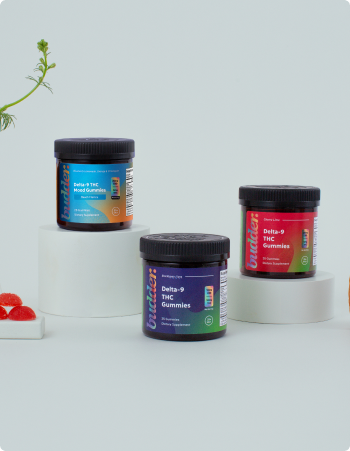









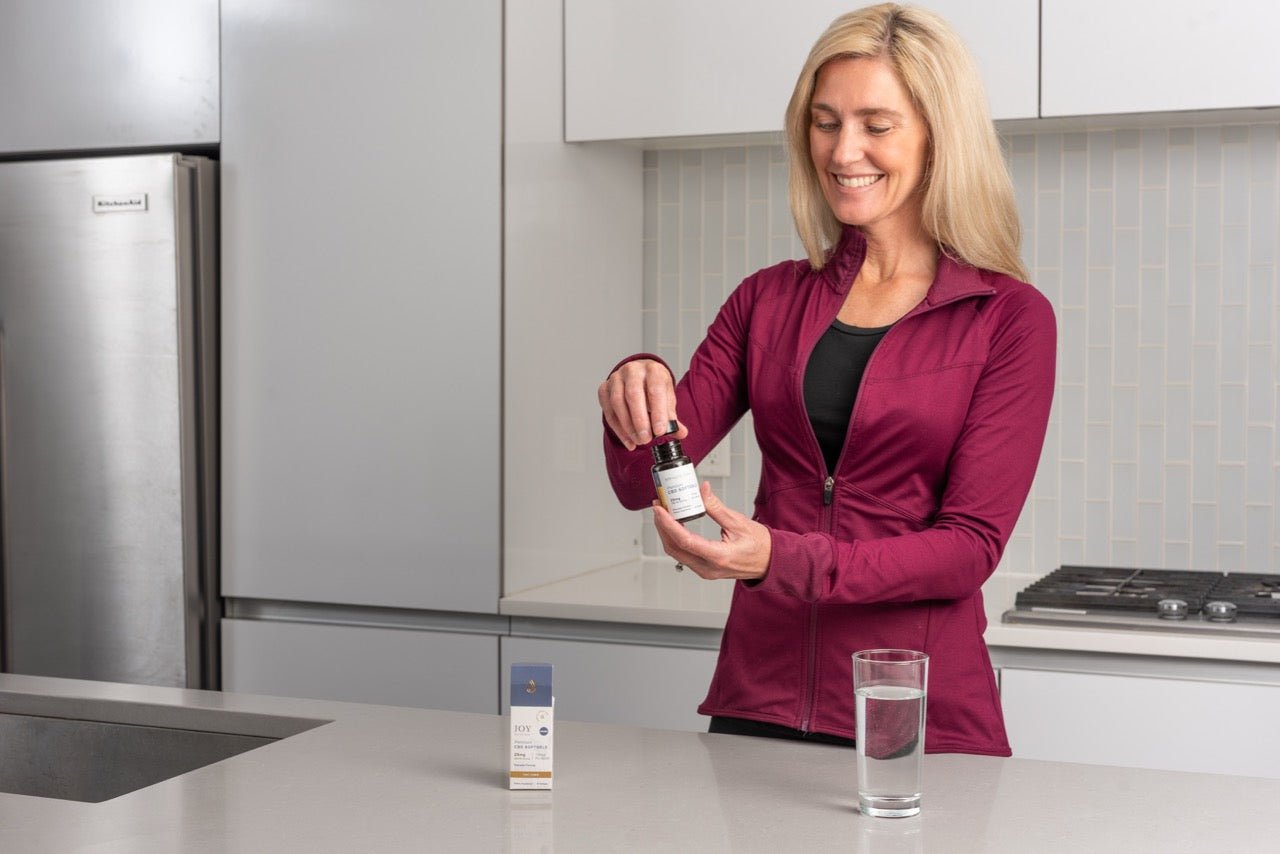
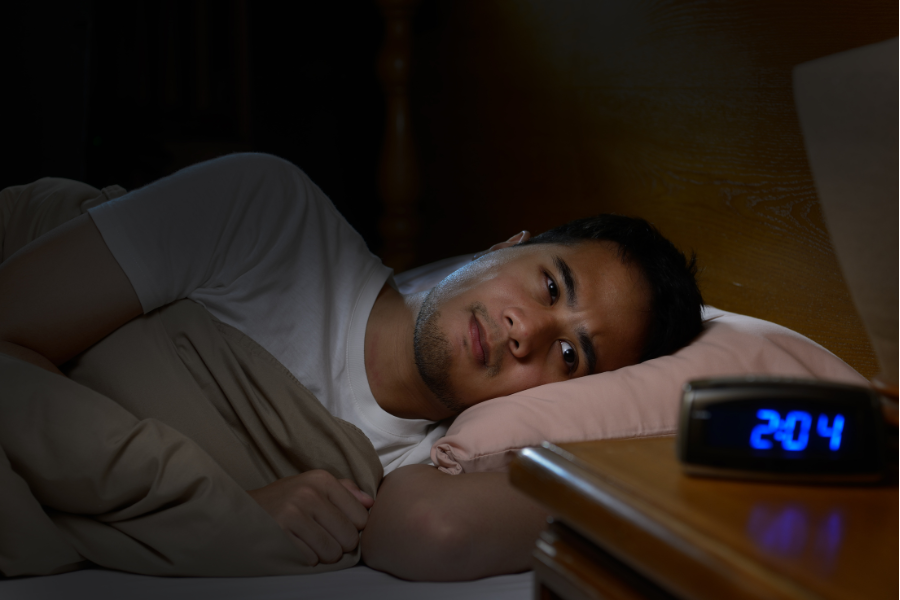



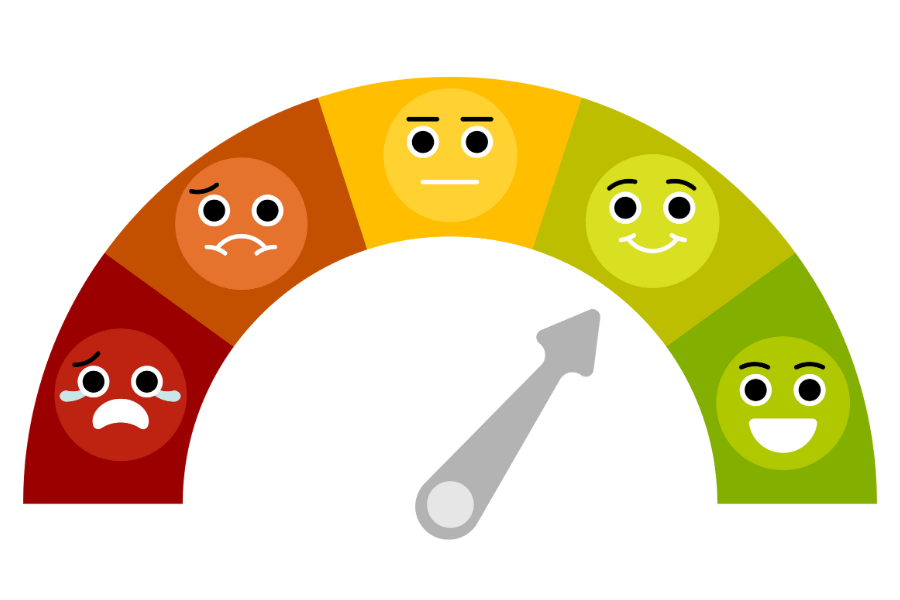






















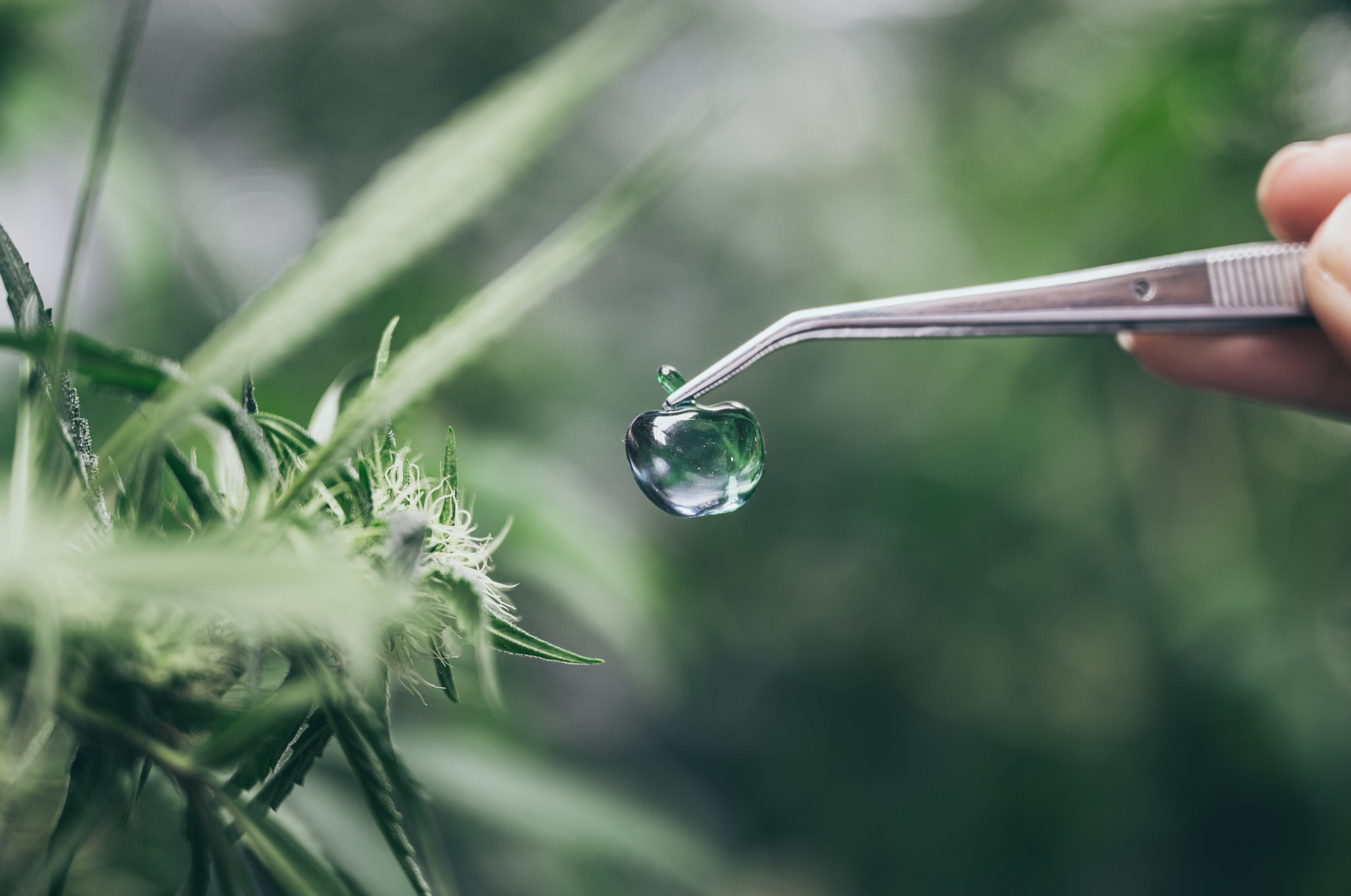


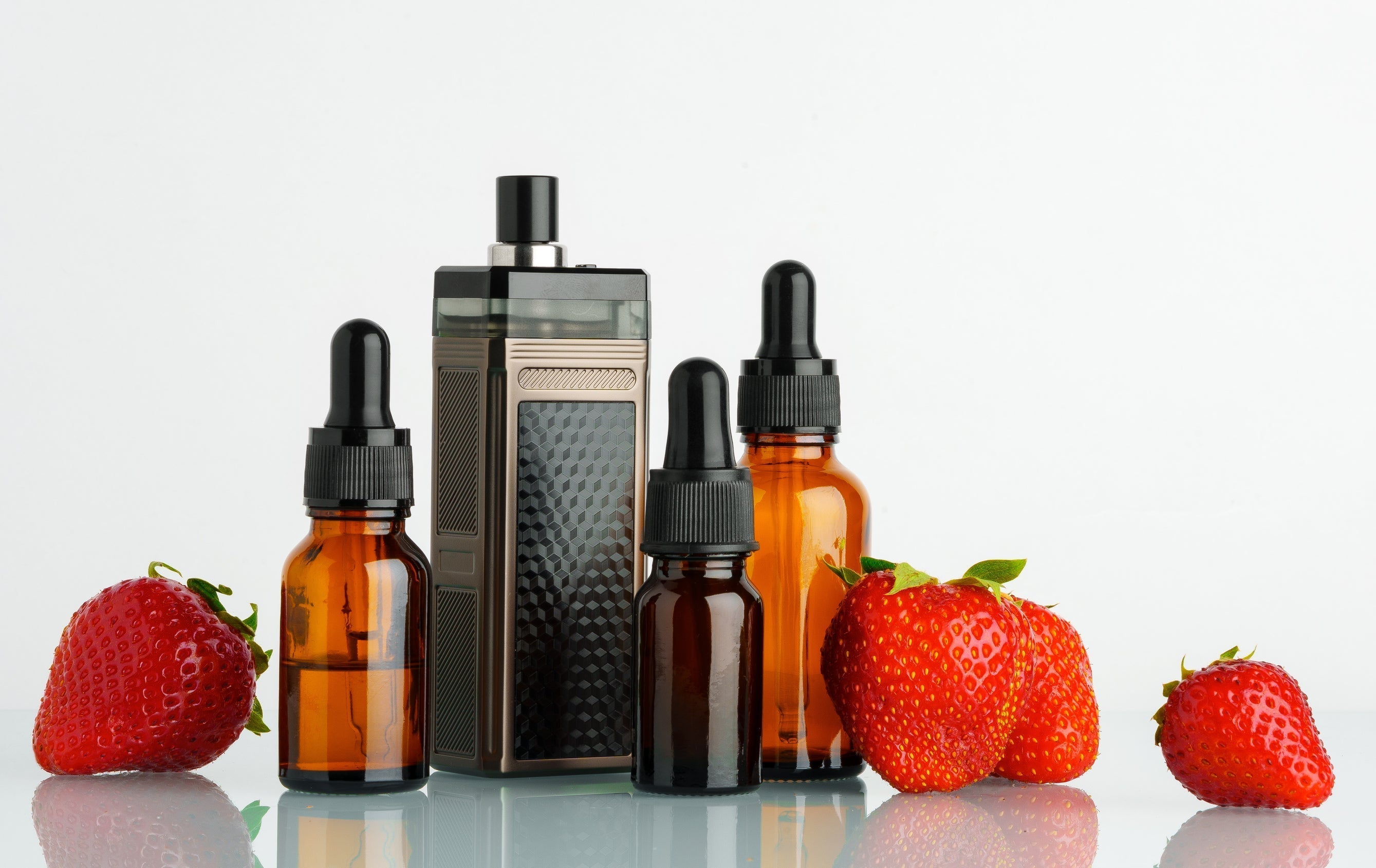

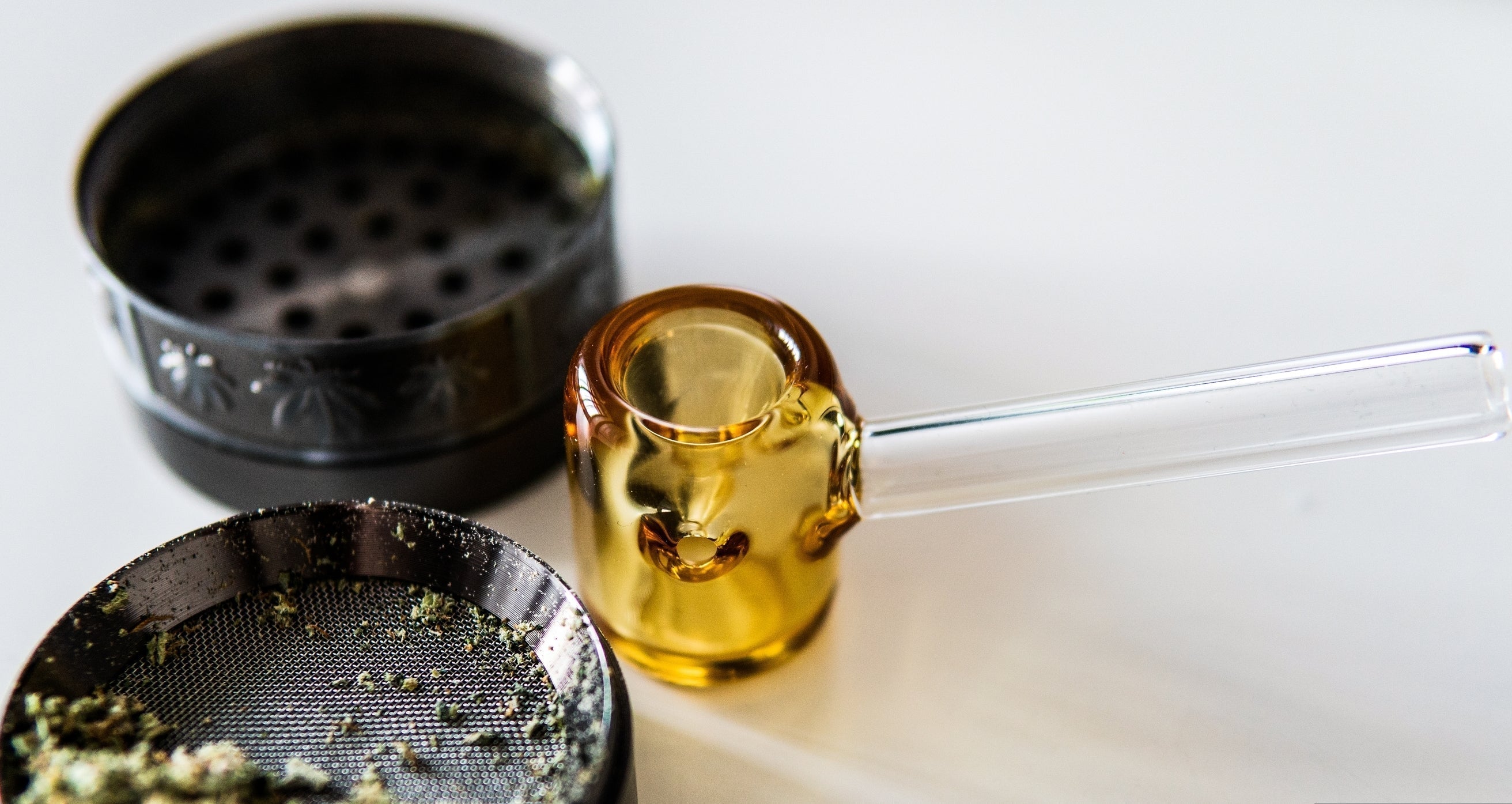
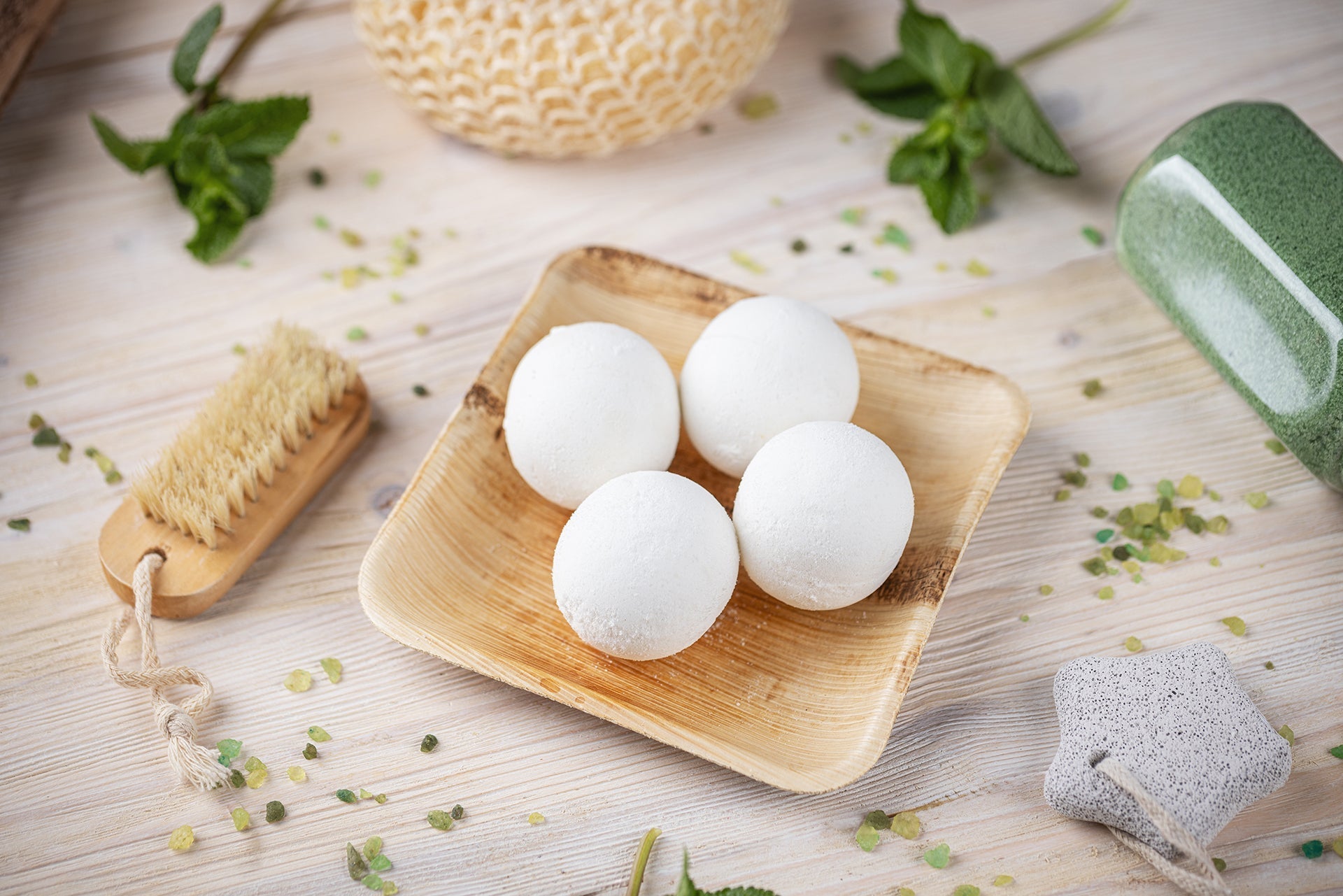
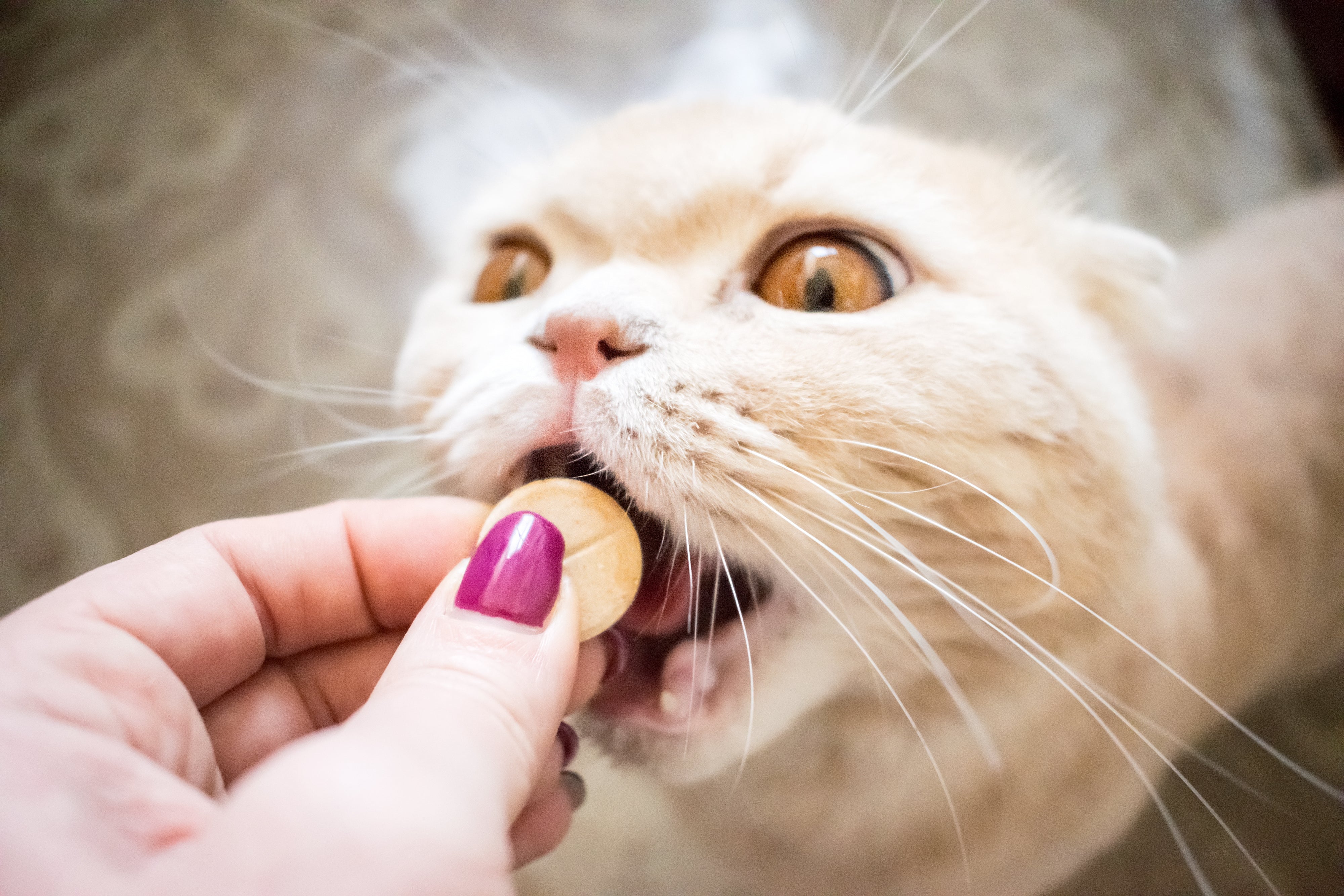


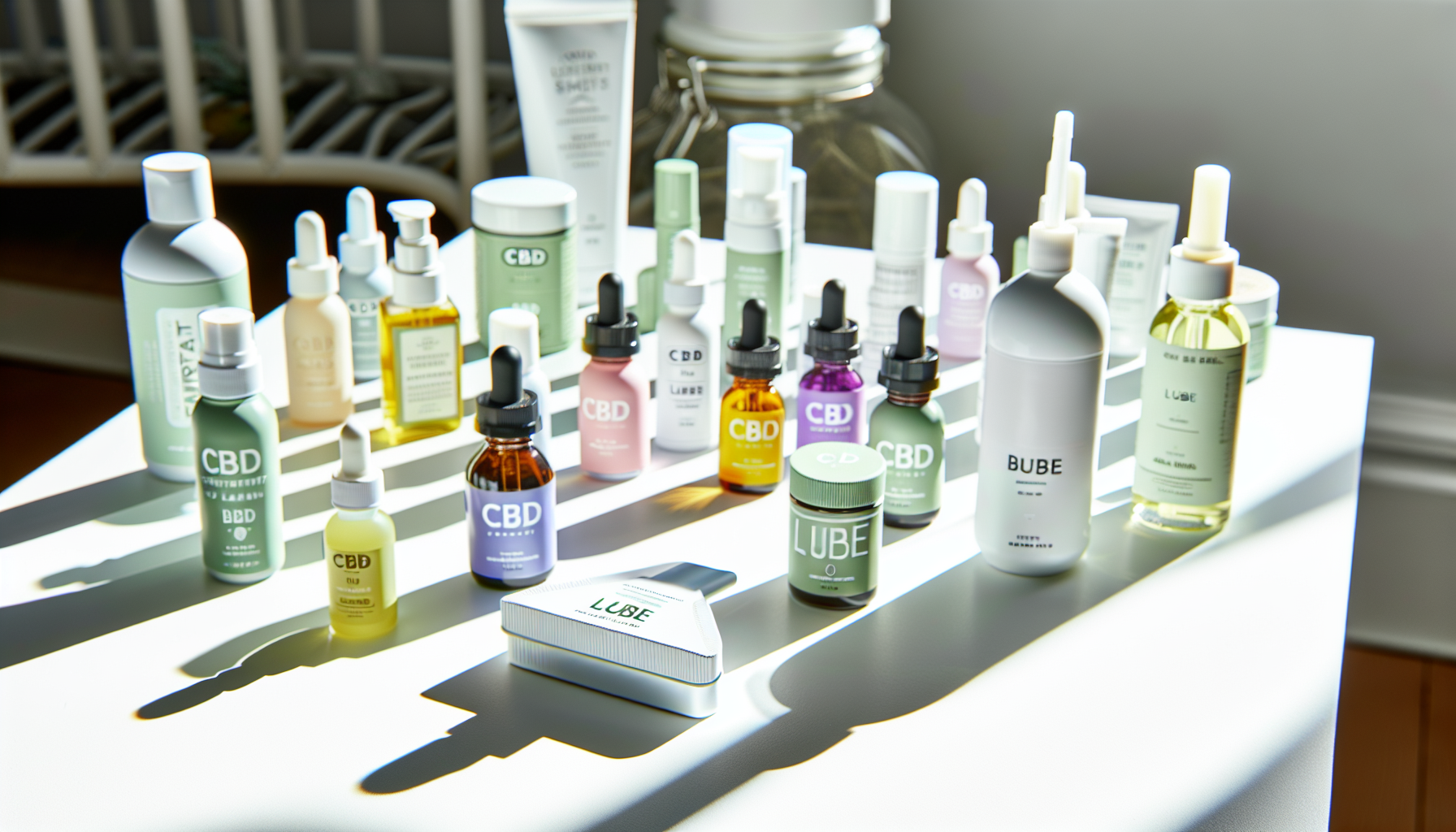

Join in on the Conversation
Your email address will not be published. Once your comment is approved, it will be published.